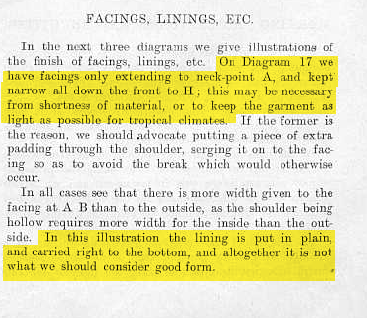Two Types
I'll Lock Up
- Messages
- 5,456
- Location
- London, UK
http://www.ebay.co.uk/itm/Mens-3-piece-bespoke-Saville-Row-1920s-3-piece-tweed-suit-size-38-reg-/230867365873?pt=UK_Men_s_Vintage_Coats_Jackets&hash=item35c0c46ff1
HBK: You are looking for a 1920s suit, aren't you? In a size 38? Do you like the £950 price tag?




